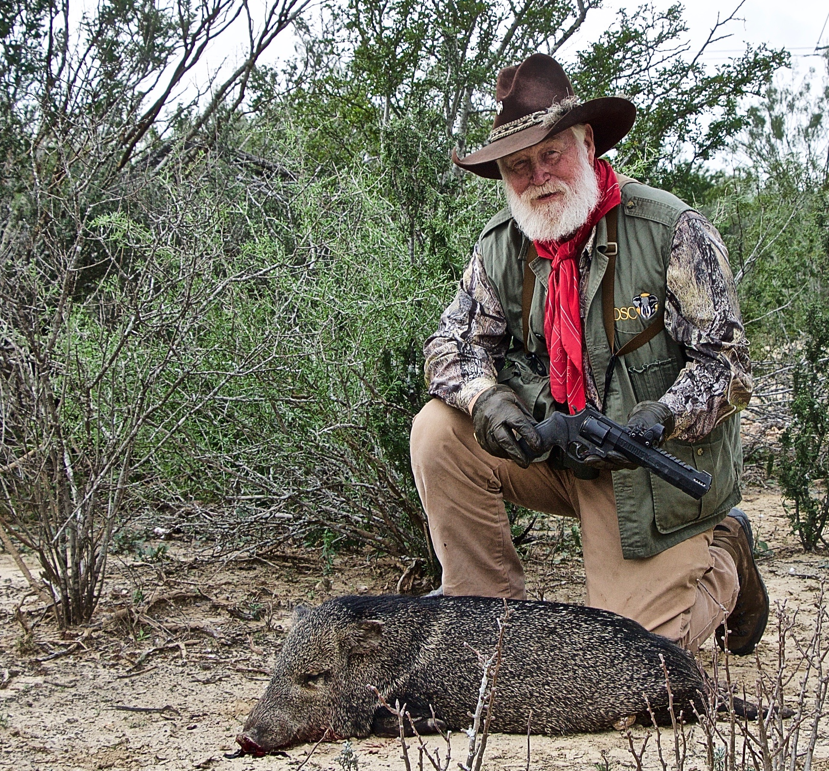For 30 years, Alaskans in the Yukon Kuskokwim Delta have allowed the emperor goose population to recover back to a number capable of sustaining a hunt again. Pending final federal approval, the subsistence season is set to open on April 2 with no bag or possession limit.
Subsistence hunting is a lifestyle in this area of Alaska, but some adults cannot even remember the taste of emperor goose since they were so young when the hunt was banned. Many locals are excited to partake in the hunt of their parents’ and grandparents’ time and continue the tradition.
Officials are aware of the potential risk of overharvesting these geese. The birds will not be familiar with hunting activities and, as a species, tend to circle back after a gunshot, not fly away. The suggestions have flooded in on how to combat this issue: targeting non-breeding juveniles by observing the head color of the bird, taking one animal at a time and only harvesting what a person plans on eating.
The wildlife managers are preparing to monitor the hunt closely. In each community, a data collector will be hired to track information on the birds. The officials want to find any common factors in the birds harvested and record their weight as an indication of the health of the new geese population. Similarly, the USFWS looks to hire interns and volunteers to increase education for the younger generations about this hunt and wildlife management in general.



